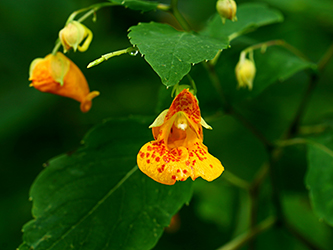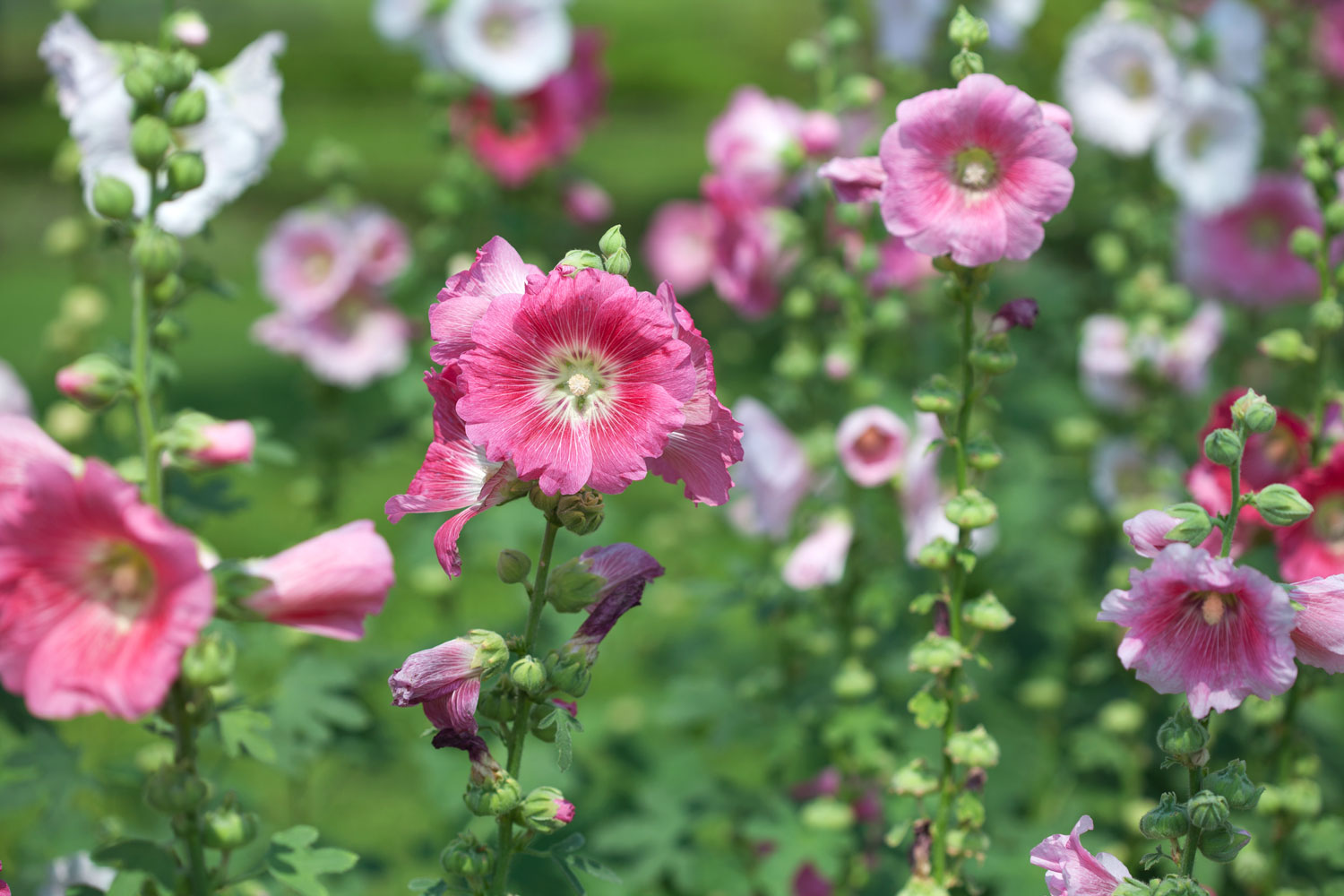In my last blog, I explained the Traditional Chinese Medicine disease pattern called “Summer-Heat,” largely parallel to what most Westerners know as heat stroke.
As promised, here are two more herbs for this hot time of year: one made into a delicious cooling tea to ward off overheating, and another to deal with one of the great woes of the summertime explorer: poison oak and ivy!
Hibiscus
Hibiscus flower, root bark and leaf (Hibiscus syriacus), also named Rose of Sharon, neutralizes poisons, heals swellings and relieves pain. It has a beneficial demulcent and nutritional value in the treatment of ulcers and intestinal problems. The flower buds are used for the eyes, while the root bark is used as a diuretic, stomachic and expectorant for diarrhea, dysentery, leucorrhea, and dysmenorrhea.
Note that hibiscus is part of a genus of about 200 species, many of which are known medicinal herbs. The common marshmallow and hollyhock are two widespread examples. Hibiscus sabdariffa, also called roselle, is the common tea used as a cooling and refreshing beverage in North America. It is a strong anti-oxidant and protects the liver and kidneys. It is used for upper respiratory tract infections, fever, thirst, and as a mild diuretic. Hibiscus esculentus, which grows in the tropics and southern U.S., is known as okra and used in gumbo.
Jewelweed

Jewelweed in flower
Jewelweed herb (Impatiens capensis), also named impatiens (not to be confused with the ubiquitous shade-loving annual flower found at garden centers), is well known as a great herb for treating poison oak and ivy as well as skin rashes or dermatitis. Apply externally as a salve, wash or poultice for such conditions.
Next week, look for my final herbal recommendation for Summer-Heat!

